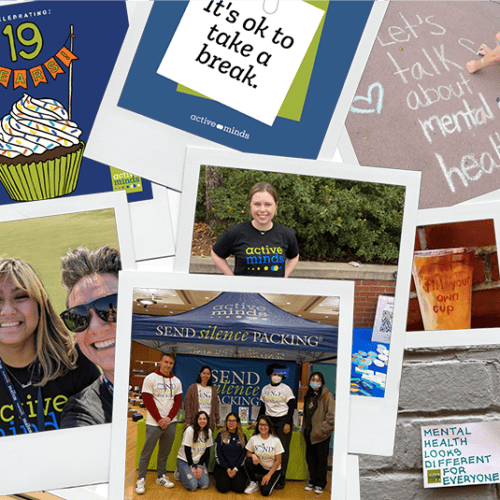I remember when I was beginning to struggle with my borderline personality disorder (BPD) symptoms. I asked my psychiatrist, “What is my diagnosis?” and she refused to tell me. I later learned that I fit the criteria for BPD, but my psychiatrist did not want to label me. When I went on the internet searching for support groups, I found stories of people who had been abused by those with BPD, and that marked us as manipulative and attention-seeking. My university’s psychology textbook labeled us as problematic and verbally abusive. These negative perceptions greatly impacted me when I was early on my mental health journey. Now that I have learned more about BPD, I hope to help educate others and dispel harmful myths about borderline personality disorder.
Myths can be incredibly harmful because they prevent accurate diagnosing and access to effective treatment and can make a person feel even more alone to suffer in their experience. Each of us can destigmatize and change the conversation about BPD. I asked my friends what they wanted people to know about their BPD experience. Here are three myths we came up with, as well as what we want people to actually know about the truth of living with borderline personality disorder:
- BPD only affects one kind of person (and it looks the same in every case).
There are 256 ways BPD can manifest and even more varying levels of severity. What you see is only part of the picture. The same symptoms are sometimes expressed differently in the same person. Each person with BPD is also unique in other aspects of their personality. We have fun. We are creative. I love music. My friend with BPD loves to draw. Many of us are educated, going to college, or having PhDs. Some of us love to read, while others prefer to write. Some of us are extroverts, while others are introverts. It is unfair to stereotype us because we are all so different human beings. - Those with Borderline Personality Disorder aren’t capable of love.
Instead, we often argue that our love is more intense than someone without BPD. Growing up, I had strong feelings that my parents struggled to teach me to handle. I was angry, every emotion controlled my existence, and I was suicidal constantly with many attempts. I was so emotional that I was out of touch with reality, and by age 17, I had no friends. It was exhausting. However, through therapy, I learned and applied the skills to communicate effectively, reduce the intensity of my emotions, and live a more functional life. Many people with BPD have long-lasting relationships. A podcast I love, The BPD Bunch, highlights people who have functionally recovered from BPD and use their experiences to educate and support others. - BPD can’t be treated.
The final myth I want to address is that those with BPD do not want to get help, or it is impossible to recover from or no longer meet the criteria. Yet, everyone I have met with BPD, including myself, has desperately wanted to reduce the intensity of symptoms and not have it impact their relationships or individual experiences. And not only is the desire to seek help there, but improving is also possible. Personally, through treatment and hard work, I no longer meet the criteria for Borderline Personality Disorder. For those interested in learning more, I encourage you to research dialectical behavior therapy, considered the only empirically effective treatment for BPD.
If you are recently diagnosed, I encourage you to do some things. Find treatment. There are effective programs that specialize in BPD. Find community. Various options are out there to help you feel less alone. With such a stigmatized disorder, it is essential to find connections and hope. Finally, be open to change. Change is scary and often triggering with BPD, but it is worth exploring why and what does work if something is not working. Remember: You ARE lovable. You ARE worth it. You ARE more than what others say.







